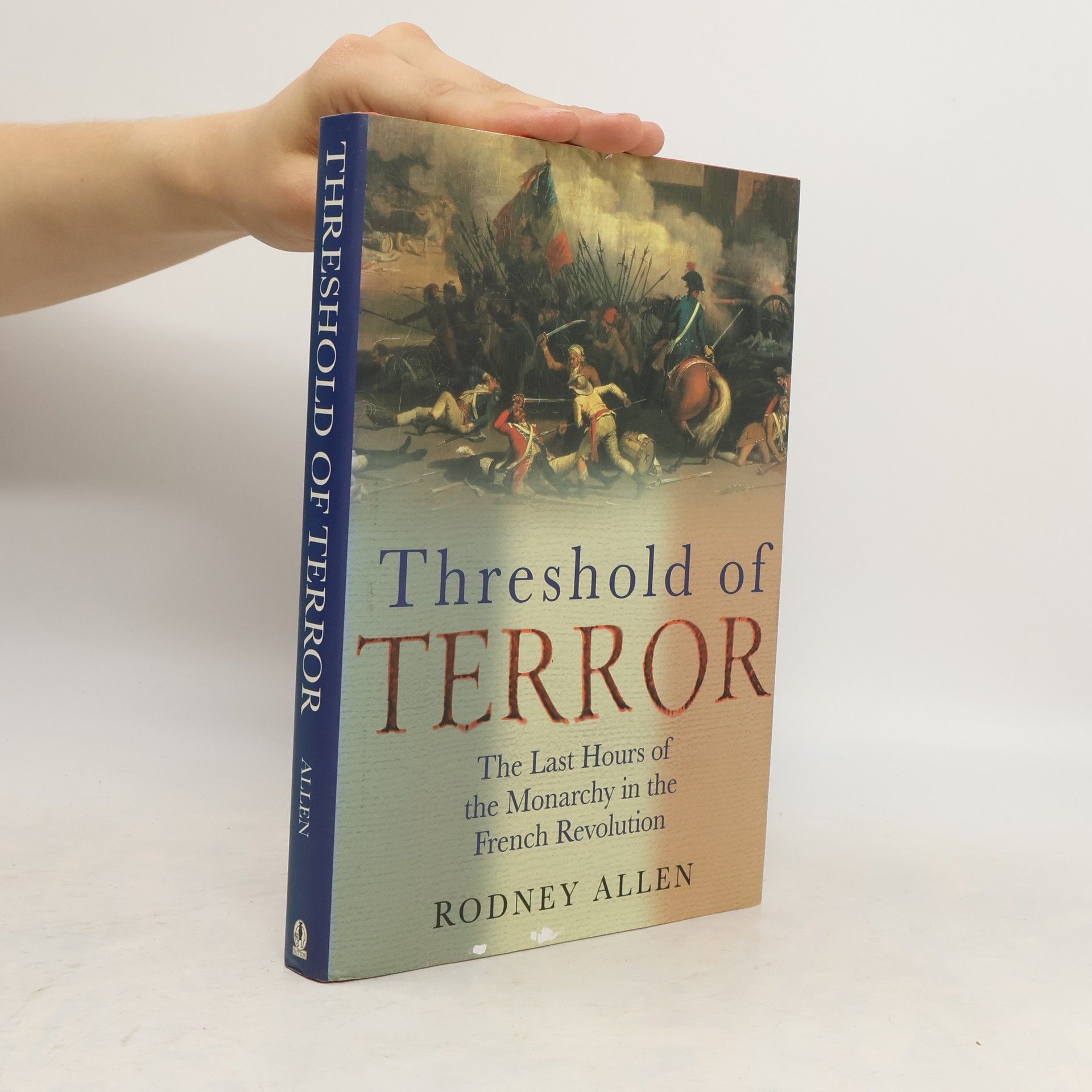Robot: The future of flesh and machines
- 260 pages
- 10 hours of reading
The world is changing at an ever-increasing pace. Most of us have accepted the idea that the World Wide Web is now an important part of life and here to stay. Where will technology take us next? What is on the horizon? This text speaks to those who think about humanity's relationship to technology and our place in the world, discussing what will happen when intelligent robots become too smart.


